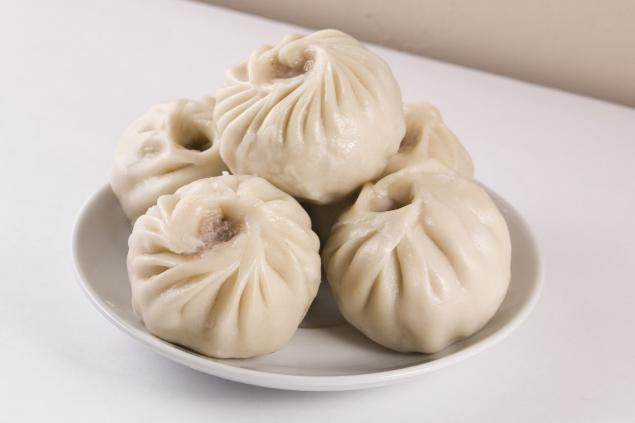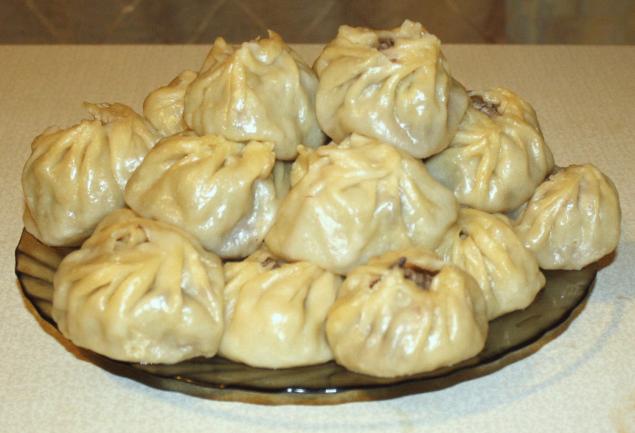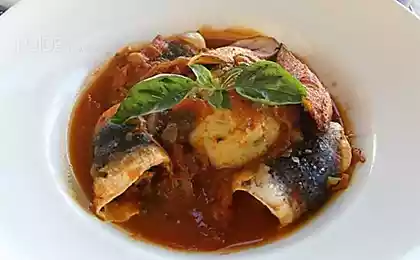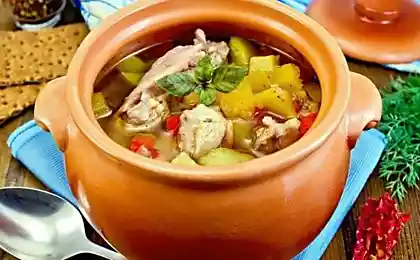394
Mongolian buuz
Buuz — the names of the national Buryat dishes, which means "meat wrapped in dough". To prepare buuz used the fresh picked beef and pork, and the form and formulation are intended to preserve the best of what is in the products of its components. The origin of buuz goes far back in history and legends. Bouzy is an ancient pan-Mongol dish that is usually prepared on major holidays or the arrival of a noble guest.

Bouza embodies the wisdom of ancient people. When ancestors invented bouzu, they took the device Yurt. In round shape of the housing in the middle of a hearth was located, the smoke escaped from a hole in the roof. Despite its apparent simplicity, the Yurt is very tricky: it is warm in winter and cool in the heat. The reason for good ventilation. A similar process occurs when cooking buuz. The top buuz form the tucks that run in a circle and forming a small hole. The experience of the hostess of guests was determined by the number of tucks.

It was believed that the more the woman knows better the culinary art. Depending on the skill of the cook the number of tucks at one Bouse can reach up to 33. All are known to change over time. Some of the changes undergone and modern Bouse. Now, when many are concerned about healthy eating, bouzou added much less fat. And tucks in modern bouzy, of course, not 33. But to keep the tradition of cooking and unique taste of the real boozy modern manufacturers are still trying.

Bouza taken hands. Bites on the side — as it is usually check for the presence of juice. Through the hole the juice is consumed. Bouzu better without Mayo and ketchup, not to kill the natural taste.
Source: /users/117

Bouza embodies the wisdom of ancient people. When ancestors invented bouzu, they took the device Yurt. In round shape of the housing in the middle of a hearth was located, the smoke escaped from a hole in the roof. Despite its apparent simplicity, the Yurt is very tricky: it is warm in winter and cool in the heat. The reason for good ventilation. A similar process occurs when cooking buuz. The top buuz form the tucks that run in a circle and forming a small hole. The experience of the hostess of guests was determined by the number of tucks.

It was believed that the more the woman knows better the culinary art. Depending on the skill of the cook the number of tucks at one Bouse can reach up to 33. All are known to change over time. Some of the changes undergone and modern Bouse. Now, when many are concerned about healthy eating, bouzou added much less fat. And tucks in modern bouzy, of course, not 33. But to keep the tradition of cooking and unique taste of the real boozy modern manufacturers are still trying.

Bouza taken hands. Bites on the side — as it is usually check for the presence of juice. Through the hole the juice is consumed. Bouzu better without Mayo and ketchup, not to kill the natural taste.
Source: /users/117























